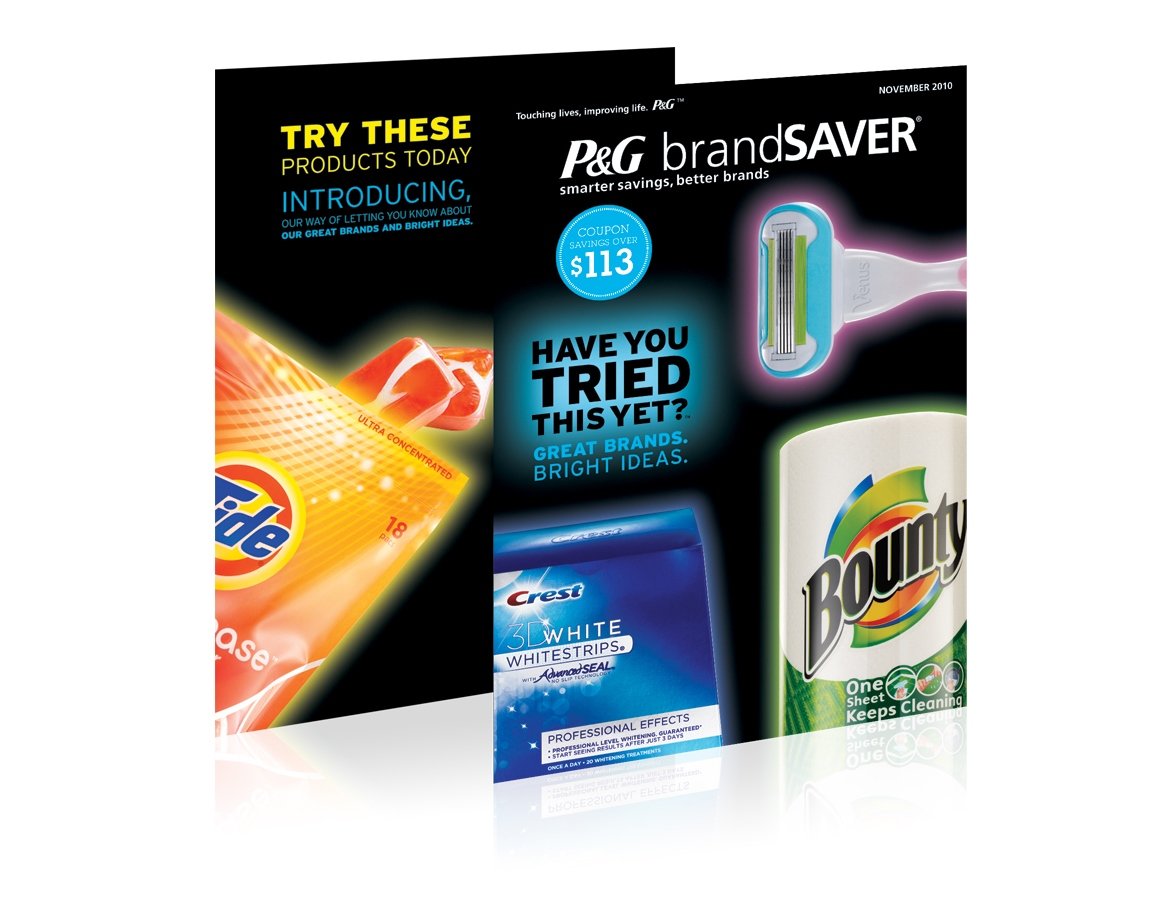Companies and Brands
The Bullish and Bearish Case for Procter & Gamble in 2014
Published:
The year 2013 was a considerable one for stocks, yet Procter & Gamble (NYSE: P&G) technically underperformed the market with strong gains of almost 23%. The S&P 500 index rose by more than 29% and the Dow Jones Industrial Average rose by more than 26%. Both major index readings were their highest closing bell prices ever. The question now is what to expect in 2014. Source: Courtesy Procter & Gamble
Source: Courtesy Procter & Gamble
24/7 Wall St. has generated a bullish and bearish scenario for 2014 in each stock of the Dow, including Procter & Gamble. There are many macroeconomic factors to consider with this consumer products giant. Most Wall Street strategists are forecasting higher price targets for the S&P 500 and for the Dow. A rising tide usually lifts most ships, although consumer products are defensive by nature.
The Federal Reserve is about to get a new chairman, and it is generally expected that interest rates will rise. Fortunately, rates are not expected to rise so much that they will crush the recovery. The world markets are exiting their recessions, and gross domestic product is expected to tick up in the United States as well.
Procter & Gamble’s outlook for 2014 is one that investors are examining closely. Its total return in 2013 was 22.7%, and its current dividend yield for 2014 is literally a couple of basis points less than 3%. After closing out the year at $81.41, its shares pulled back at the start of 2014 to about $80.75. The consensus analyst price target is $87.00, and the 52-week trading range is $68.38 to $85.82.
The bullish case for P&G may be most evident in that analysts see almost 10% upside in the stock. P&G’s stock would have done even better in 2013 had it not been for a 3% sell-off late in the year. That 2.98% dividend yield is rather attractive for investors, and that dividend is likely to rise further in 2014 and in the years ahead. Another boost is that it is the leader of its consumer products sector with a market cap of almost $220 billion. The company has taken some of the advice of activist investors in 2013, including appointing a new CEO. P&G could even try unlocking value in spin-offs if it makes sense.
Much of P&G’s strengths also have an unfortunate appearance in the bearish case for 2014. The $220 billion market cap means that it takes billions of dollars in investor inflows to move the needle. In-store promotion costs remain a serious issue for P&G and for its rivals. Activist investors may also have a hard time making much change in a company this large. P&G may be a key defensive stock, but it is far from cheap at 18.6 times its fiscal June 2014 earnings estimates.
The good news is that the street is positive on Procter & Gamble ahead. The bad news is that there just seems to be too much of a defensive premium in its valuation. It seems as though P&G will rise if the stock market remains strong, and hopefully its defensive qualities will protect shareholders if and when the stock market decides to sell off.
A financial advisor can help you understand the advantages and disadvantages of investment properties. Finding a qualified financial advisor doesn’t have to be hard. SmartAsset’s free tool matches you with up to three financial advisors who serve your area, and you can interview your advisor matches at no cost to decide which one is right for you. If you’re ready to find an advisor who can help you achieve your financial goals, get started now.
Investing in real estate can diversify your portfolio. But expanding your horizons may add additional costs. If you’re an investor looking to minimize expenses, consider checking out online brokerages. They often offer low investment fees, helping you maximize your profit.
Thank you for reading! Have some feedback for us?
Contact the 24/7 Wall St. editorial team.